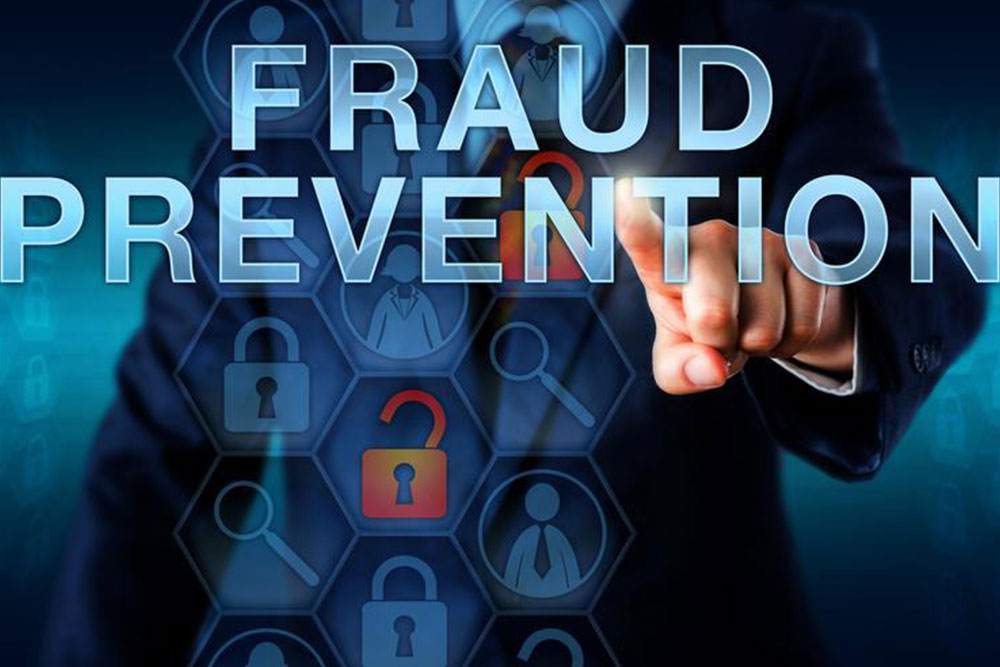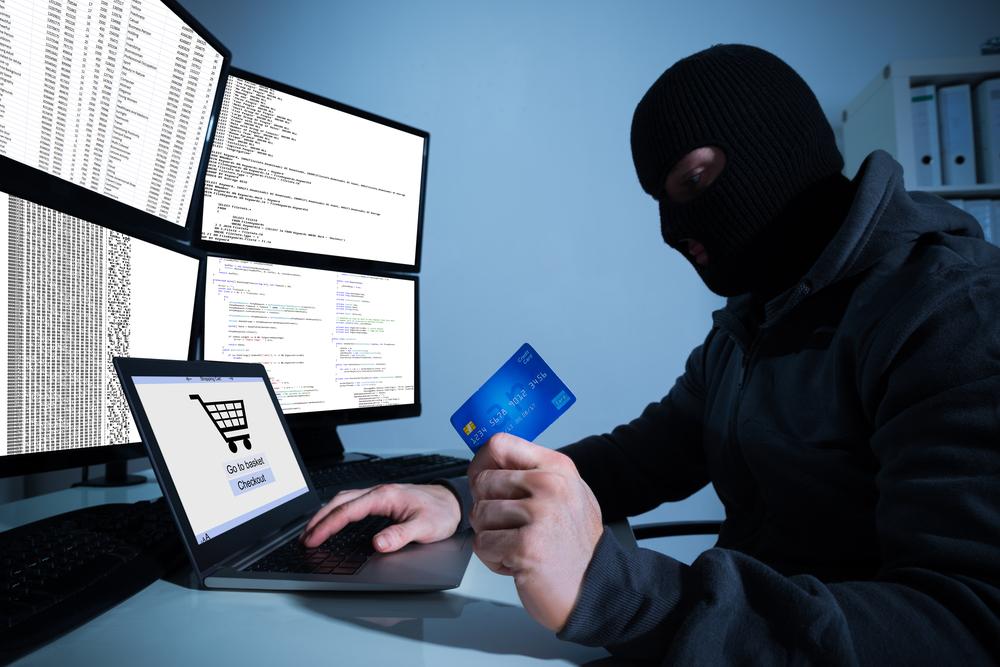Comprehensive Guide to Check Fraud: Types, Risks, and Prevention Strategies
Explore this comprehensive guide on check fraud, understanding various types like forgery, alteration, and check washing. Learn practical prevention tips to protect yourself from financial losses and improve your security. Stay informed about how counterfeit checks are created and the best ways to detect and prevent them effectively in today's digital banking environment.

Comprehensive Guide to Check Fraud: Types, Risks, and Prevention Strategies
In today’s digital era, financial scams have become increasingly sophisticated, with check fraud remaining a prevalent threat to individuals and businesses alike. This form of financial deception involves the creation, alteration, or misuse of checks to unlawfully extract funds or commit identity theft. As technology advances, fraudsters gain access to more convincing methods of forging checks, making it crucial for everyone to understand the different types of check fraud and how to protect themselves effectively. Whether you're a consumer, a small business owner, or part of a larger organization, awareness and proactive measures can significantly reduce your risk of falling victim to such crimes.
Check fraud can result in severe financial consequences, from direct monetary losses to damaged credit ratings. Additionally, if a check bounces due to insufficient funds, both the issuer and recipient might face bank fees and other penalties. Recognizing the various forms that check fraud can take—such as forgery, alteration, check washing, and counterfeit checks—is the first step toward safeguarding your finances. This comprehensive guide delves into each type, highlighting key indicators and prevention tips that can help you defend against these fraudulent activities.
Forgery and Digital Manipulation
Forgery is one of the most common forms of check fraud. Criminals can digitally manipulate checks using advanced graphic software to produce authentic-looking images that mimic genuine bank checks. This includes forging signatures, logos, amounts, and other vital details. Since these forgeries can be remarkably convincing, even vigilant individuals might struggle to recognize them at a glance. For businesses and individuals, it’s crucial to scrutinize checks carefully for discrepancies or signs of tampering. Employing watermarking, microprinting, or other secure printing features can help reduce the risk of accepting forged checks.
In-Depth Look at Check Washing and Paper Hacking
Check washing is a notorious scam involving the use of chemicals or solvents to erase ink from a check, allowing fraudsters to rewrite the payee’s name or amount. This tactic targets checks that have already been processed or are from closed accounts. Check washing can be difficult for bank personnel to detect because the altered checks often appear normal upon visual inspection. Victims of check washing can suffer significant financial losses, especially if the fraudulent checks are cashed before detection. To prevent this type of deception, always handle your checks securely, and consider adopting electronic payment methods when possible.
How to Spot Fake Checks
Detecting counterfeit checks requires vigilance. Some signs include blurred or fuzzy printing, inconsistent fonts, missing or misspelled bank details, and unusual colors or textures. Genuine checks often feature transparent security features like microtext, watermarks, or holograms, which counterfeit checks lack. Additionally, the magnetic ink on authentic checks will have a shiny finish and a specific texture that differs from counterfeit copies. Always verify the bank’s contact details directly through official channels before depositing or cashing checks you suspect might be fake. If you notice any suspicious activity, report it immediately to authorities to prevent further losses.
Top Tips to Prevent Check Fraud
To minimize your vulnerability, avoid accepting checks from unknown or unverified sources. When issuing checks, record detailed information such as check number, date, amount, and recipient. Use high-quality, washable ink to make alterations difficult if theft or fraud occurs. Always mail checks using trusted courier services that offer tracking and insurance for added security. Regularly reconcile your bank statements to identify unauthorized transactions promptly. Embracing digital banking solutions—such as online banking, mobile deposits, and electronic transfers—can significantly reduce reliance on traditional paper checks, thereby lowering exposure to check-related fraud. These methods are not only safer but also more efficient for managing finances in today’s fast-paced world.
In conclusion, understanding check fraud types and taking proactive prevention measures are vital in safeguarding your finances. Educate yourself about the warning signs, implement secure check issuing practices, and leverage modern banking tools to stay protected. Remember, staying vigilant and informed is your best defense against financial fraud scams involving checks.





